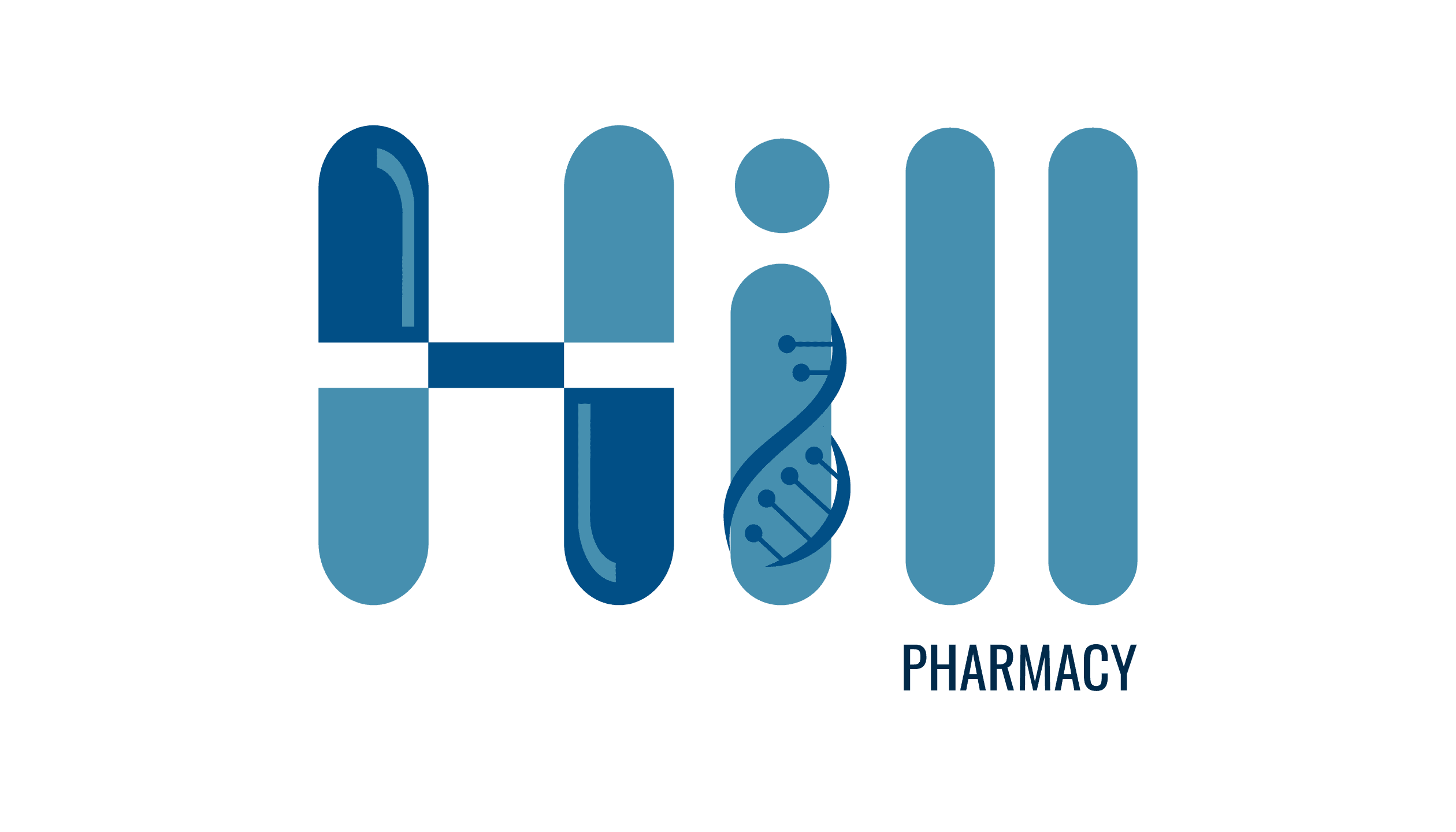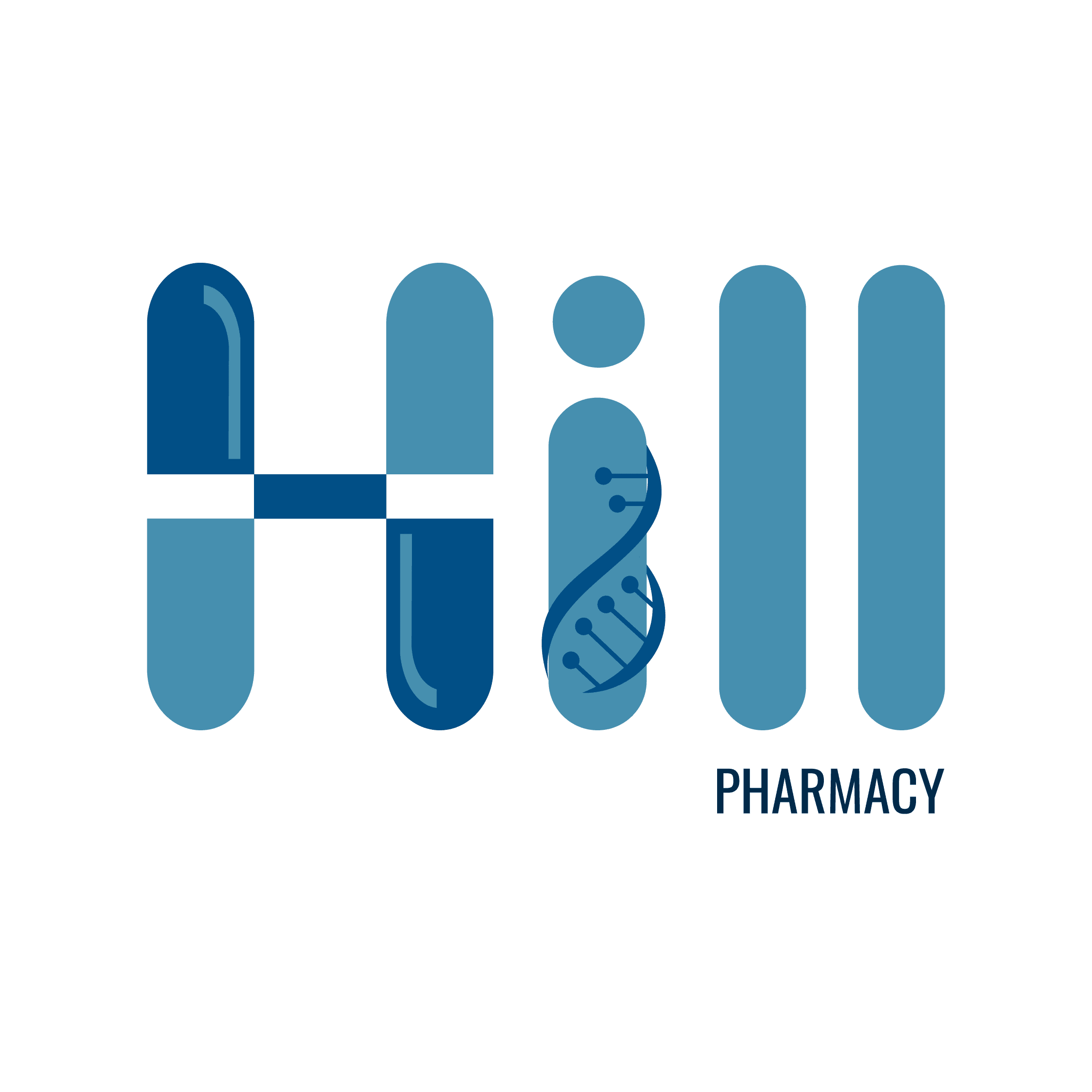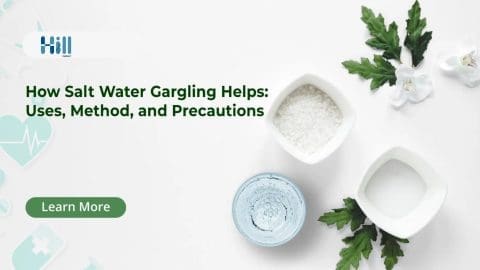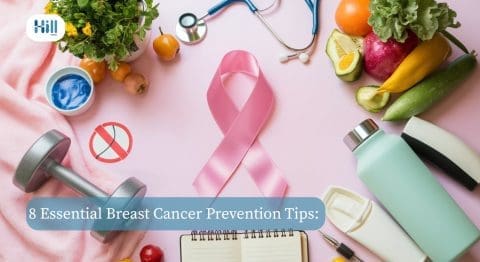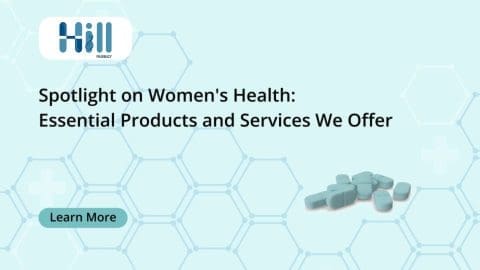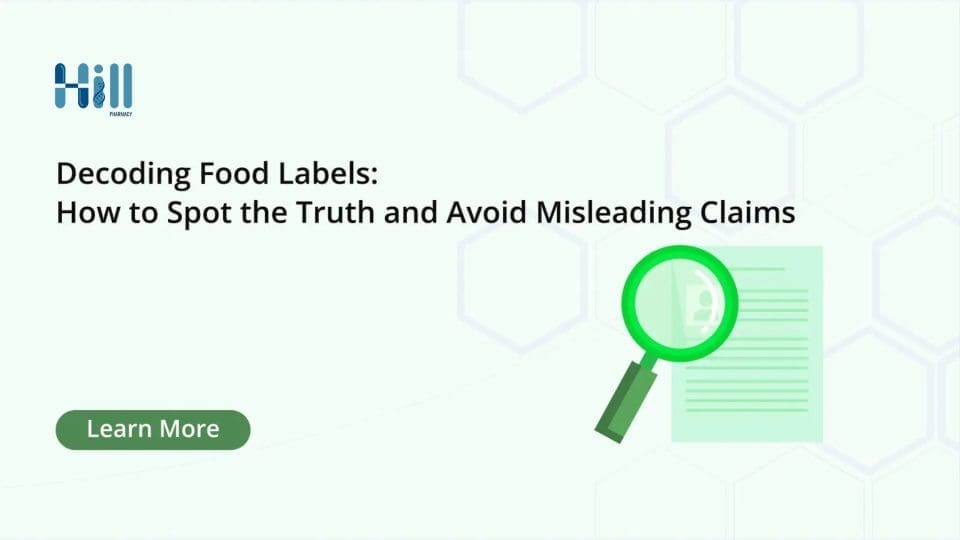
When you’re trying to make healthy food choices, it’s easy to get lost in colorful packaging, bold claims, and confusing numbers. That’s where decoding food labels becomes essential. By learning to read beyond the marketing, you can make informed choices for yourself and your family—and avoid falling for misleading food claims.
At HILL PHARMACY, we believe in empowering our customers with practical knowledge. In this ultimate guide to decoding food labels, we’ll explain:
✅ Why food label transparency matters
✅ Step-by-step: how to read food labels
✅ How to understand nutrition facts explained clearly
✅ Spotting hidden ingredients in food
✅ The importance of FDA food labeling rules
✅ Tips for choosing healthier, less processed food ingredients
Let’s get started!
Why Decoding Food Labels Is More Important Than Ever
Modern shoppers want to eat better, but food marketing can be confusing. Phrases like “all natural,” “light,” or “no added sugar” sound healthy—but what do they really mean? Decoding food labels helps you see past the hype.
By understanding nutrition labels, you can:
✅ Identify foods high in sugar, salt, or unhealthy fats
✅ Avoid allergens or hidden ingredients in food
✅ Compare similar products to choose what truly fits your needs
✅ Stick to your diet, lifestyle, or medical goals
Food label transparency means clearer, honest labeling—but until that’s universal, your best tool is knowledge.
How to Read Food Labels: Step-by-Step
Decoding food labels begins with knowing what to look for—and why it matters.
Step 1: Serving Size & Servings per Container
Everything else on the label is based on this. Many snacks look “low-calorie” because the serving size is tiny.
Tip: Multiply calories and nutrients by the number of servings you actually eat.
Step 2: Calories & Calories from Fat
Calories give you energy, but too many can lead to weight gain.
If you’re aiming for healthy food choices, choose products with balanced calories relative to your diet.
Step 3: Macronutrients – Fat, Carbs, Protein
Nutrition facts explained:
- Saturated fat & trans-fat: keep low
- Dietary fiber: higher is better
- Added sugars: watch carefully—often hidden behind other names
- Protein: supports satiety and muscle health
How to read food labels tip: look for whole, minimally processed sources.
Step 4: Percent Daily Value (%DV)
These show how much a serving contributes to your daily needs.
- 5% DV or less: low
- 20% DV or more: high
Great for quick decisions when decoding food labels in the store.
Step 5: Ingredient List
Ingredients are listed from highest to lowest by weight.
Watch out for:
- Multiple kinds of sugar (e.g., cane sugar, syrup, maltodextrin)
- Artificial additives and processed food ingredients
- Hidden ingredients in food like preservatives, coloring agents, or flavor enhancers
🧪 Nutrition Facts Explained: What Matters Most
While decoding food labels, keep these points in mind:
✅ Calories only matter in context of your whole diet
✅ Natural sugar (from fruit) is better than added sugar
✅ High sodium = higher risk for blood pressure issues
✅ Fiber helps digestion and keeps you full
✅ Unhealthy fats (trans fats) increase heart risk
Food label regulations require listing these, so take advantage of that information.
Watch for Misleading Food Claims
Front-of-pack marketing can trick even savvy shoppers. Some common misleading food claims to watch for:
🚩 “Light” or “lite”: may only refer to taste or color, not calories
🚩 “Multigrain”: doesn’t mean whole grain
🚩 “No added sugar”: may still have natural sugar
🚩 “Cholesterol-free”: meaningless on plant foods, which never had cholesterol
By decoding food labels, you can look past the claims and see what’s actually inside.
FDA Food Labeling Rules & Food Label Regulations
The FDA food labeling rules are designed to help shoppers, but there are limits.
For example:
- “Natural” isn’t legally defined
- “Organic” must meet USDA standards
- “Low fat” legally means ≤3g fat per serving
- “Gluten-free” must contain less than 20ppm gluten
True food label transparency means clearer, standardized definitions—but until then, decoding food labels yourself is essential.
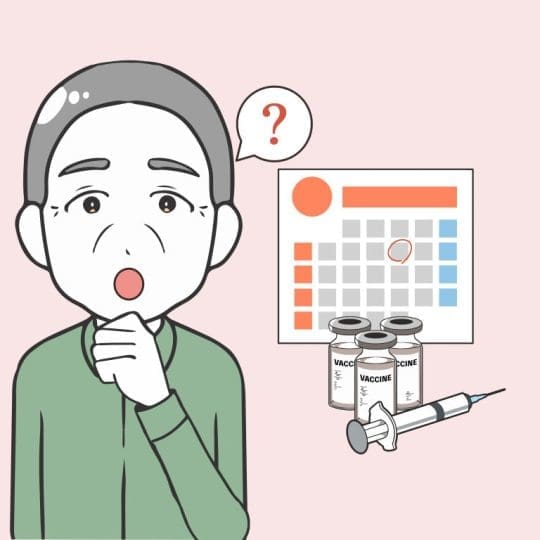
Hidden Ingredients in Food: What to Watch Out For
When you check the ingredient list, keep an eye out for:
✅ Sugar under many names: brown rice syrup, agave, cane juice
✅ Sodium under names like monosodium glutamate (MSG) or baking soda
✅ Preservatives: BHA, BHT, sodium benzoate
✅ Artificial colors: Red 40, Yellow 5
✅ Flavor enhancers and gums in highly processed food ingredients
Being mindful helps you make healthy food choices every day.
Tips for Decoding Food Labels Quickly While Shopping
✅ Bring reading glasses or use your phone camera to zoom
✅ Compare similar products side by side
✅ Choose shorter ingredient lists with recognizable items
✅ Prioritize whole grains, low sodium, and low added sugar
✅ Practice—decoding food labels becomes second nature over time
Processed Food Ingredients: Not Always Bad?
Not all processed foods are harmful. Canned beans, frozen vegetables, and unsweetened yogurt are processed, but still nutritious.
Highly processed foods to limit:
- Sugary cereals
- Soda
- Packaged pastries
- Chips and flavored snacks
Decoding food labels helps separate nutritious processed foods from less healthy ones.
Food Label Transparency & Your Health
Consumers increasingly demand food label transparency—and brands that embrace it often earn trust.
Benefits:
✅ Easier allergy management
✅ Supports ethical choices (e.g., sustainable sourcing)
✅ Encourages food producers to improve ingredients
Real-Life Example: Decoding Food Labels Side by Side
| Granola Bar A | Granola Bar B | |
| Calories | 150 | 180 |
| Sugar | 13g | 6g |
| Protein | 2g | 7g |
| Whole grain? | No | Yes |
Decoding food labels shows Bar B, despite slightly more calories, has more protein and less sugar—likely the healthier option.
Why HILL PHARMACY Cares About Food Label Education
At HILL PHARMACY, we see health holistically. Understanding food choices is as important as medications.
We guide our customers in:
✅ Reading labels for allergies and dietary needs
✅ Choosing lower-sodium foods for heart health
✅ Balancing nutrition with medical advice
Quick Checklist for Decoding Food Labels
✅ Start with serving size
✅ Check calories and %DV
✅ Review fat, sugar, sodium, and fiber
✅ Look beyond front claims
✅ Check ingredient list for added sugars and chemicals
Final Thoughts: The Power of Decoding Food Labels
Decoding food labels turns shopping into an informed, empowering activity.
By seeing past misleading food claims, understanding nutrition labels, and spotting hidden ingredients in food, you protect your health.
While we advocate for stronger food label regulations and real food label transparency, you don’t have to wait—you can start now.
At HILL PHARMACY, we’re here to help you make confident, healthy choices every day.
Need help reading labels?
Stop by HILL PHARMACY and ask our pharmacists for tips on how to read food labels, find healthier options, or manage dietary restrictions.
Together, let’s make decoding food labels part of your healthy lifestyle!
